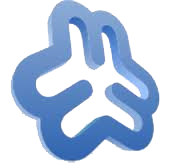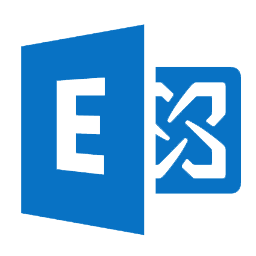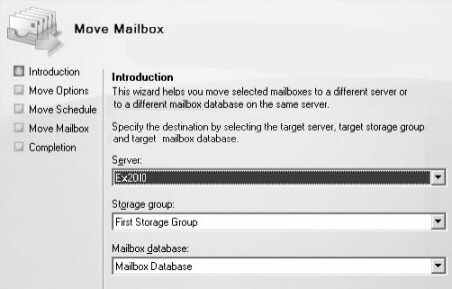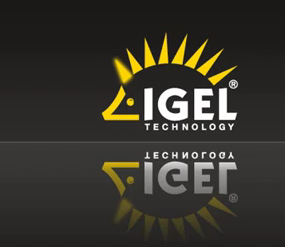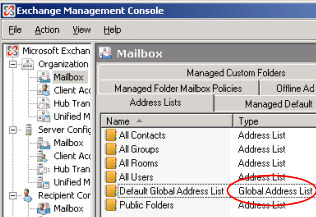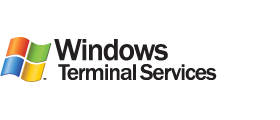
Installing Applications on a Windows Terminal Server
General advice
1. Make sure the application you want to install is supported in a Terminal Services Environment, and on your specific version of Windows Server. Although it is possible to get just about any 32 bit Windows application to run on a Terminal Server, it’s best to check with the software manufacturer before testing your application, as they may have specific instructions for a terminal services installation.
2. Always test the software you plan on deploying (via terminal services or Citrix) in a lab environment before installing it on a production application server.
3. Make sure you have a backup of your production application servers before installing new programs.
4. Make sure your terminal server is in Application Server Mode (Windows 2000 Server) or has the role of Terminal Server (Windows Server 2003/2007) before installing your software (unless this server is used specifically for remote administration)
5. Make sure the terminal server is in “Install Mode” before installing software. This can be accomplished by initiating the install routine via “Add/Remove Programs” or by manually placing the server in “Install Mode” with the “change user /install”. After the install is complete you place the server back in “execute mode” via “change user /execute”.
6. If you’re using Citrix MetaFrame XPe/Presentation server 4/4.5, use the Installation Manager to deploy your applications from an Administrative Installation Point to selected servers in your farm.
Command Functions under Terminal Services cmd prompt utilities
change logon (Temporarily disable logons to a terminal server)
change port (Changes COM port mappings for MS-DOS program compatibility)
change user (Changes the .ini file mapping for the current user)
cprofile (Removes user-specific file associations from a user’s profile)
flattemp (Enables or disables flat temporary directories)
logoff (Ends a clients session)
msg (Sends a message to one or more clients)
mstsc (Runs Remote Desktop Connection)
query process (Displays information about processes)
query session (Displays information about Terminal Services sessions)
query termserver (Lists Terminal Services servers on the network)
query user (Displays information about users logged on to the system)
register (Registers a program so that it has special execution characteristics)
reset session (Allows you to reset (delete) a session from the terminal server)
shadow (Allows you to monitor or remotely control an active session of another user)
tscon (Connects to another existing Terminal Services session)
tsdiscon (Disconnects a client from a Terminal Services session)
tskill (Terminates a process)
tsprof (Copies user configuration and changes profile path)
tsshutdn (Shuts down a Terminal Services server)
Citrix MetaFrame Commands
acrcfg (Configure autoreconnect settings)
altaddr (Specify server alternate IP address)
app (Run application execution shell)
apputil (Add servers to Configured Servers list for published applications (FR3 Only))
auditlog (Generate server logon/logoff reports)
change client (Change ICA Client device mapping)
chfarm (Change the server farm membership of the server)
clicense (Maintain MetaFrame XP licenses)
cltprint (Set the number of ICA Client printer pipes)
ctxxmlss (Change the XML Service port number)
driveremap (Remap the server’s drive letters)
dscheck (Validate the server farm’s data store’s integrity)
dsmaint (Configure the server farm’s data store)
icaport (Configure TCP/IP port number)
imaport (Change IMA ports)
migratetomsde (Migrate the server farm’s data store from a Microsoft Access database to an MSDE database (FR3))
mlicense (Add multiple MetaFrame licenses to the server farm’s data store)
query (View information about server farms, processes, servers, ICA sessions, and users)
tskill (Ends a process)
twconfig (Configure ICA display settings)
querydc (Use this utility to determine the data collector for a given zone)
queryds (Command-line utility is provided to query the current information on the local zone data collector)
queryhr (Use this utility to display information about member servers in the farm)
qprinter
mghook (Execute msghook only if information is requested by Citrix Technical Support)
Tags: RDP, terminal Services


